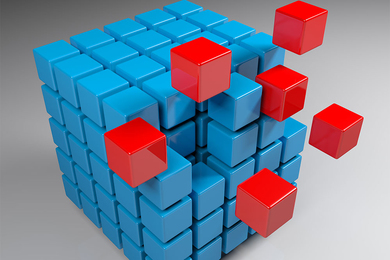Automated check processing
MIT researchers have developed a software package for automated "reading" of handwritten material that could help streamline the general system of check processing.
Americans write more than 50 billion checks a year, according to Amar Gupta, a senior research scientist at the Sloan School of Management. At present the institution in which a check is deposited has to send the check to the bank from which the funds are being drawn. Sending only electronic images of scanned checks would save millions in annual postage costs alone.
The prototype system developed by Dr. Gupta and colleagues can read such bank checks and other documents with very high speed and accuracy. Tests conducted with hundreds of checks deliberately written to confound the software show that it correctly recognizes complete strings of numbers more than 85 percent of the time. The level of accuracy is high enough that banks in the US, Britain and Japan have acquired copies of the software for testing the system.
The same technology has many other potential applications, from processing forms filed by insurance agents to handling notes written by health care practitioners. The work is sponsored by the PROFIT (Productivity from Information Technology) Initiative, which Dr. Gupta co-directs at MIT. (Source: The MIT Report)
Exploring turbulence in a wave
Using the J. Robert Gunther Family ocean wave tank, Professor Heidi Nepf is exploring how the specific phenomenon of wave-breaking contributes to the turbulence of the boundary layer between the ocean and the atmosphere (this layer extends from the surface down to about 10 meters).
That turbulence controls the exchange of gases, heat and momentum between air and water, data that in turn are important to creating more accurate global climate models. "If I can characterize what the near-surface boundary layer looks like, then people who work with these models will have better parameters for this layer," said Professor Nepf of the Department of Civil and Environmental Engineering. The work is supported by the Office of Naval Research. (Source: Civil and Environmental Engineering at MIT)
A version of this article appeared in MIT Tech Talk on March 8, 1995.





